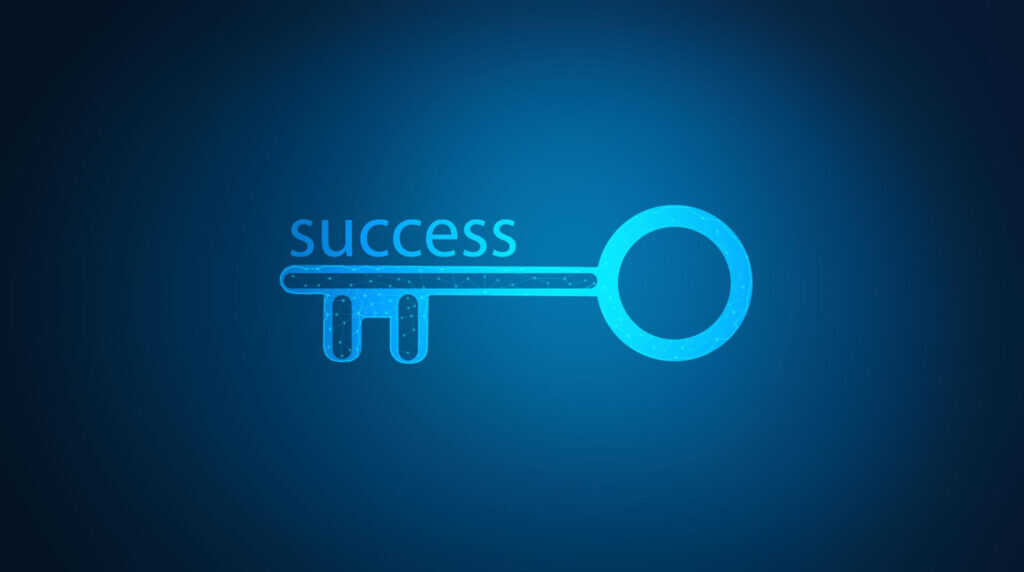How to Set Boundaries When You Start Working for Yourself
Setting boundaries is crucial for anyone transitioning to self-employment. When you work for yourself, the lines between personal and professional life can blur, leading to burnout and decreased productivity. This blog post explores effective strategies for establishing boundaries that will help you maintain a healthy work-life balance. We will cover the importance of defining your work hours, creating a dedicated workspace, communicating with clients, and learning to say no. By implementing these strategies, you can enhance your productivity and well-being while enjoying the benefits of self-employment.
Starting your journey into self-employment can be exhilarating. The promise of autonomy, flexibility, and the potential for growth is often what draws many individuals into entrepreneurship. However, this newfound freedom comes with its own set of challenges, particularly when it comes to setting boundaries. Without a structured environment, it’s easy to fall into the trap of working too much or too little.
Boundaries are essential for maintaining both your mental health and productivity. They help you define what is acceptable and what is not in your work life, ensuring that you can perform at your best without sacrificing your personal well-being. In this article, we will delve into practical steps you can take to set and maintain boundaries as you embark on your self-employment journey.
Understanding the Need for Boundaries
When you work for yourself, the responsibility of time management rests entirely on your shoulders. This newfound independence can lead to a work culture where ‘hustling’ becomes the norm, and the idea of taking time off feels almost taboo. However, understanding the need for boundaries is essential for long-term success.
Statistics show that entrepreneurs are at a higher risk for burnout compared to traditional employees. A study by the Harvard Business Review found that over 40% of entrepreneurs report feeling overwhelmed, with many struggling to separate their work from their personal lives. Setting clear boundaries can mitigate this risk by creating a structured environment where productivity thrives.
Moreover, when you establish boundaries, you signal to yourself and others what to expect from you in terms of availability and work ethic. This clarity not only boosts your productivity but also enhances your professional relationships, as clients and collaborators understand when they can reach you and when to respect your personal time.
Define Your Work Hours
The first step in establishing boundaries is clearly defining your work hours. This means setting specific times during which you will engage in work-related activities. For many self-employed individuals, this can be challenging due to the flexibility that comes with working for oneself.
It’s essential to create a schedule that works for you, balancing productivity with personal commitments. For instance, if you find that you are most productive in the early morning, you might choose to work from 7 AM to 3 PM. Alternatively, if you’re more of a night owl, a schedule from 10 AM to 6 PM may suit you better. The key is consistency—by setting and adhering to a schedule, you create a routine that helps delineate work time from personal time.
Once you’ve established your work hours, communicate these clearly to clients and collaborators. Make sure they understand when you are available for meetings, calls, or emails. This not only respects your time but also sets an expectation for your clients, allowing them to plan accordingly.
Create a Dedicated Workspace
Creating a dedicated workspace is another critical aspect of setting boundaries. When you’re working from home or remotely, using a defined area for work can significantly help you mentally separate your professional and personal life.
Designate a specific room or corner in your home as your workspace, free from distractions. Even if your space is small, having a designated area for work can signal to your brain that it’s time to focus. Equip your workspace with all the tools you need to be productive, such as a comfortable chair, a reliable computer, and organizational supplies.
Additionally, make it a habit to leave your workspace at the end of your defined work hours. Physically stepping away from your work area creates a mental shift that reinforces the boundary between work and home life. This practice can help you unwind and recharge for the next day.
Communicate Effectively with Clients
Effective communication is vital in establishing and maintaining boundaries. As an entrepreneur, it’s common to feel pressured to be constantly available for your clients. However, setting clear communication boundaries is essential for your well-being.
Let your clients know your availability and preferred methods of communication. For instance, if you prefer emails over phone calls, make this known. You might also specify response times, such as, “I will respond to emails within 24 hours.” This sets expectations and reduces stress on both ends.
Additionally, consider using tools that help manage communication, such as scheduling software that allows clients to book appointments during your designated work hours. This not only streamlines communication but also reinforces your boundaries.
Learn to Say No
One of the most challenging aspects of self-employment is the pressure to agree to every opportunity that comes your way. However, learning to say no is a crucial skill that can help you maintain your boundaries and focus on what truly matters for your business.
When faced with requests that don’t align with your values or disrupt your schedule, practice saying no politely but firmly. For example, you might say, “Thank you for the opportunity, but I’m currently focusing on other projects.” This demonstrates professionalism while protecting your time and energy.
Recognizing your limits is essential for long-term success. If you attempt to take on every task, you risk diluting your focus and effectiveness. By saying no to projects that don’t fit your goals, you can dedicate more time and effort to the opportunities that truly excite you.
Prioritize Self-Care
In the hustle and bustle of self-employment, it’s easy to forget the importance of self-care. Prioritizing your physical and mental health is vital to maintaining boundaries and ensuring that you operate at your best.
Incorporate downtime into your routine, whether that’s taking breaks throughout the day, engaging in hobbies, or spending time with loved ones. Schedule regular breaks and stick to them as you would any work meeting. These moments of rest will rejuvenate you and boost your productivity when you return to work.
Additionally, explore practices such as mindfulness, meditation, or exercise to manage stress effectively. These activities can help you maintain a positive mindset and prevent burnout, ensuring you remain balanced in your professional and personal life.
Evaluate and Adjust Your Boundaries Regularly
Setting boundaries is not a one-and-done task. As your business evolves, so too will your needs and circumstances. Regularly evaluate your boundaries to ensure they are still effective and serving your best interests.
Take time to reflect on your work-life balance and assess whether your current boundaries are helping you achieve your goals. If you notice that you’re feeling overwhelmed or that your work hours are creeping into personal time, it may be time to revisit your boundaries and make adjustments.
Solicit feedback from trusted peers or mentors who can provide insights into how your boundaries impact your productivity and well-being. Their perspectives can help you refine your approach and find a balance that works for you.
Additional Strategies for Boundary Setting
In addition to the strategies mentioned, consider these additional tips to help you set and maintain boundaries effectively:
- Use Technology Wisely: Leverage productivity tools and apps to help manage your time and projects effectively. Setting timers for focused work sessions can enhance your productivity.
- Establish Rituals: Create rituals to signal the start and end of your workday. This could be a morning coffee routine or an evening walk to mark the end of your work.
- Document Your Processes: Create standard operating procedures for your work. This can streamline tasks and set clear expectations for both yourself and your clients.
Remember, the goal of setting boundaries is to create a sustainable work environment that fosters productivity and personal satisfaction. By implementing these strategies, you can enjoy the freedoms of self-employment while maintaining a healthy work-life balance.
Conclusion
Setting boundaries when you start working for yourself is essential for your productivity and well-being. By defining your work hours, creating a dedicated workspace, communicating effectively with clients, and prioritizing self-care, you can achieve a balanced and fulfilling work life.
Regularly evaluating and adjusting your boundaries ensures they remain effective as your business evolves. Embrace the freedom that comes with self-employment, but remember that establishing clear boundaries will ultimately lead to a more successful and satisfying journey.
Are you ready to take control of your work-life balance? Start implementing these strategies today, and discover the benefits of setting boundaries in your entrepreneurial journey.



